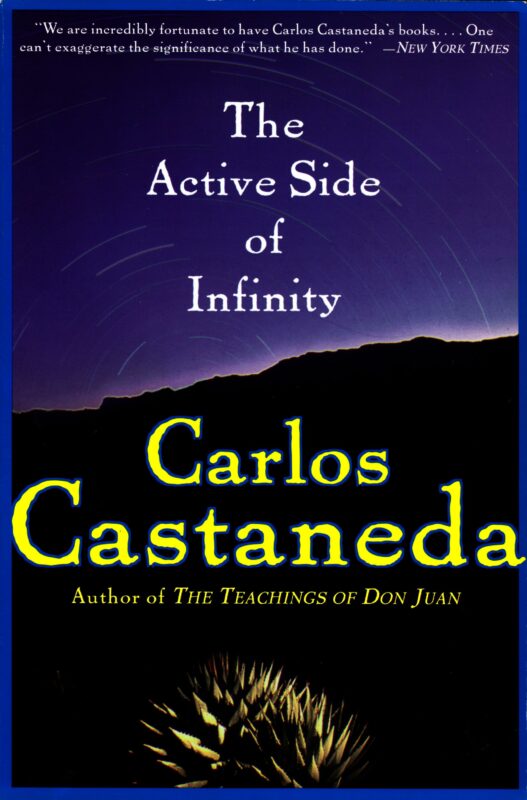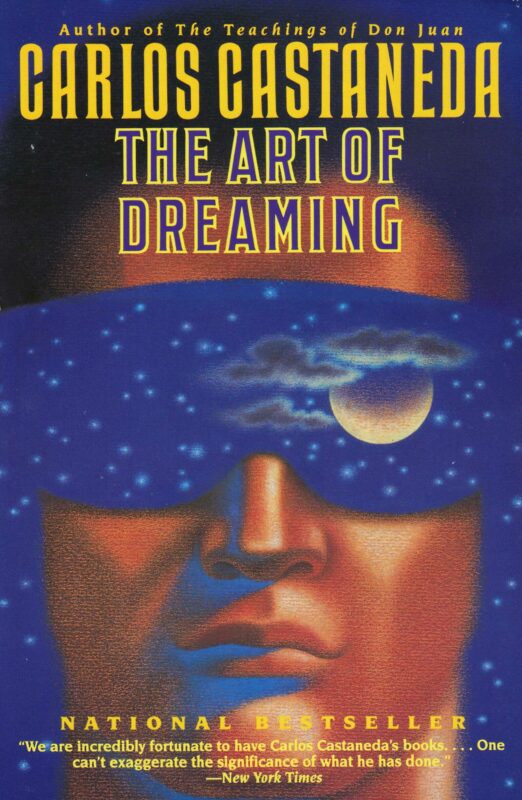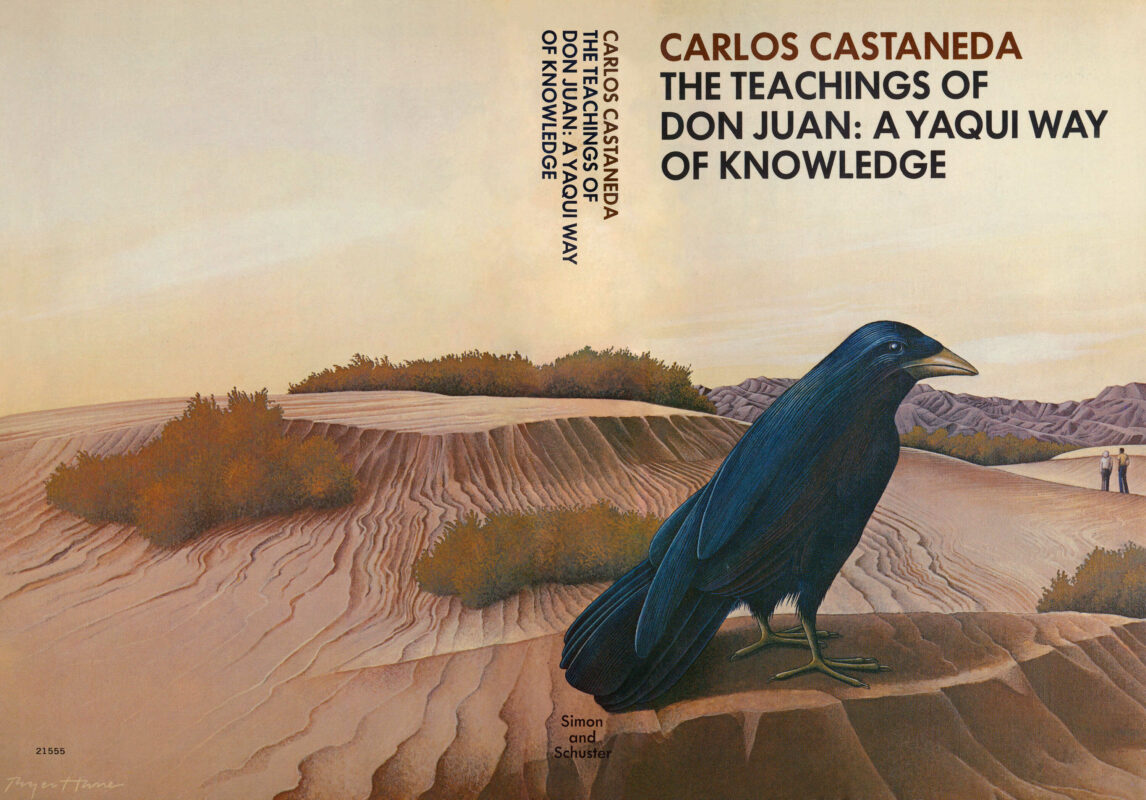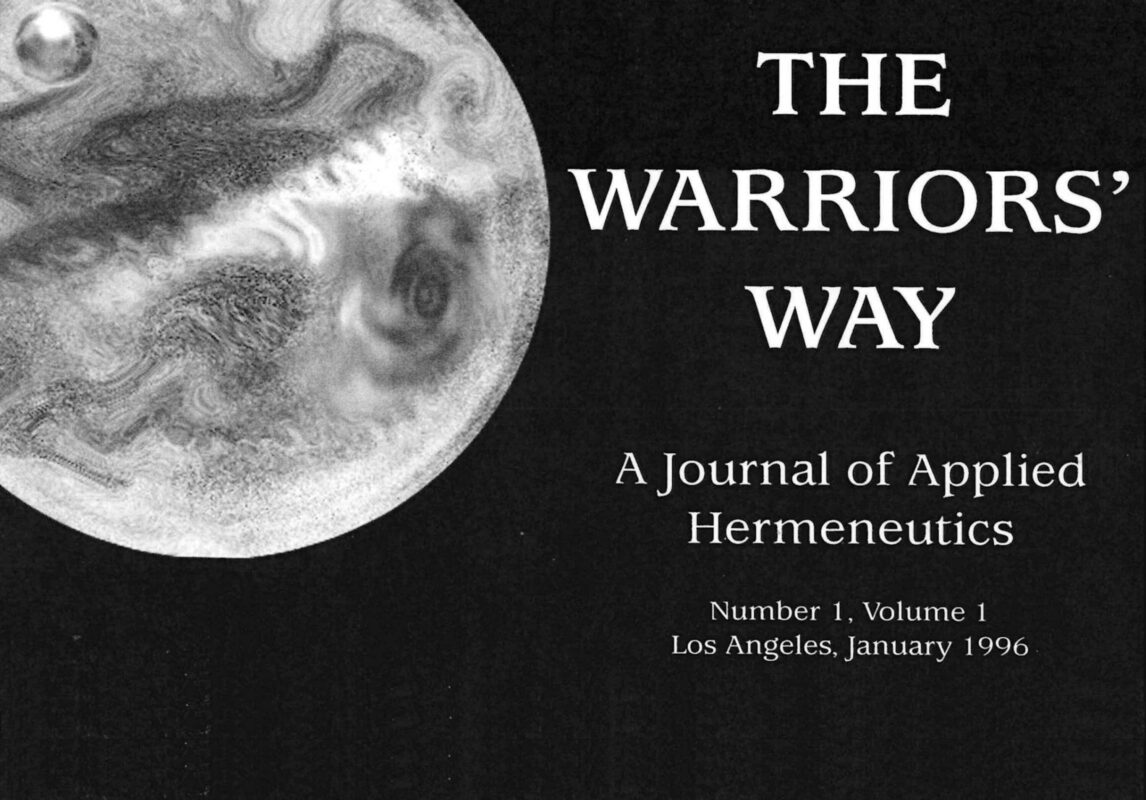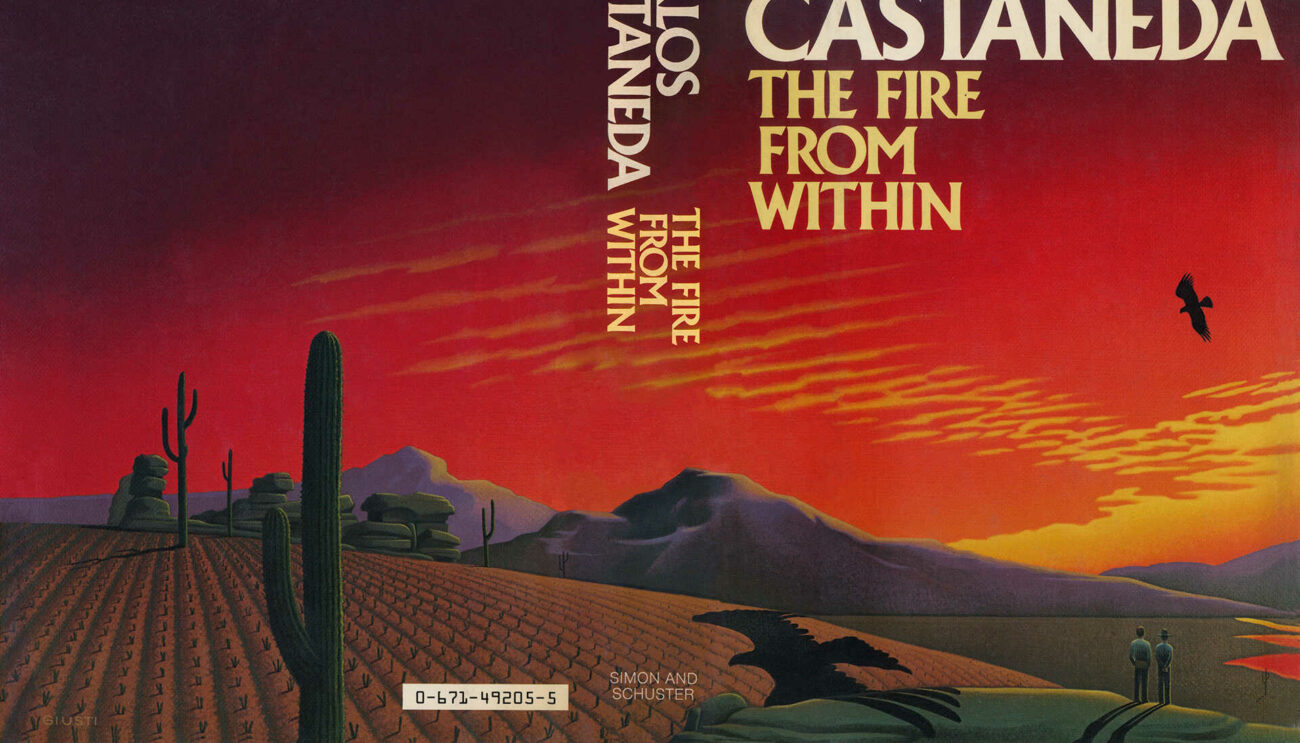The Active Side of Infinity – The Active Side of Infinity
In this chapter, Carlos Castaneda visits his teacher, don Juan Matus, who introduces the shamanic task of creating an “album of memorable events.” Don Juan explains that such a collection helps a warrior redeploy unused energy by focusing on events that are impersonal and universally significant, rather than egocentric. After Castaneda struggles and fails to produce a suitable story, don Juan prompts him to recount a specific memory from his time in Italy. Castaneda tells the story of being taken by a friend to a bordello to see a prostitute named Madame Ludmilla perform “figures in front of a mirror.” Her sad, clumsy, yet sweet performance to a haunting melody profoundly moves Castaneda, causing him to flee in despair. Don Juan confirms this event is perfect for the album because it has the “dark touch of the impersonal,” reflecting the condition of all human beings who, in their own way, make senseless figures in front of a mirror.
The Active Side of Infinity – The Active Side of Infinity Read More »
